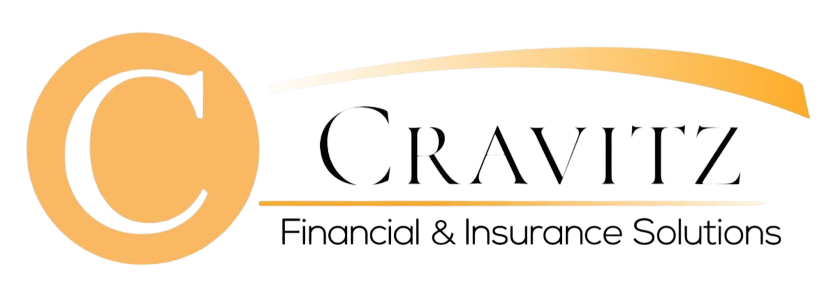It's possible to achieve sustainable income in retirement by utilizing the "Retirement Bucket Strategy." This strategy involves dividing your retirement savings into different "buckets" based on your spending needs, risk tolerance and other factors. In this short video, we explain each bucket:



These buckets represent different asset classes or investment strategies tailored to meet your income needs at various stages of retirement. The strategy aims to provide a reliable income stream while managing investment risk and ensuring your financial security throughout your retirement years.

News You Can Use
Get actionable financial advice delivered to your inbox a few times a month.
Full Transcript:
Erin:
Ryan, very good to see you today. We are talking through what is the retirement bucket strategy. Everyone wants sustainable income in retirement, and the retirement bucket strategy divides your savings according to time, horizon and purpose. So let's start high level. How does the bucket strategy work?
Ryan:
So at a high level, the bucketing strategy is designed to provide a distribution strategy in retirement. And what we do here is we segment your money into three different buckets. So think about it as just a short-term bucket, a medium term, and a long-term. And there's different ways to approach this depending upon your spending needs and other preferences. Here's a couple of examples here with the first one is you could see this is money that you would spend in the first bucket in the first five years. And the second bucket is money that you may not spend for six or 10 years down the road. And then the money in the third bucket is money that you might not spend for 11 years or more. Now those time segments, again, they'll vary by individual, but at a high level, that's how that works.
Erin:
Okay, so now let's get into the nitty gritty of those buckets. What is in our first bucket? And then that's the short term bucket.
Ryan:
Yeah, correct. So the short, short-term bucket is for savings account money, money markets, CDs, short-term bonds, these types of investments that are going to be very stable. I mean, you're not going to earn a ton of interest on this bucket, but that's not the primary purpose here. The purpose of this money is to provide that stability. This is money that you're going to spend in those early years. So that first 1, 2, 3, 4, maybe five years depending upon your bucketing strategy approach.
Erin:
And this bucket protects us against sequence risk. Can you explain that please?
Ryan:
Yeah. This is so important because sequence risk is the risk that you're going to suffer a fairly large drawdown. In other words, a fairly large loss in your portfolio, and you need that money for income at the same time. And so if that happens, that could put you at a very low risk of running out of money. So by taking this bucketing strategy approach, which is just one income planning approach in retirement, it can help to minimize that sequence risk because that first bucket is not going to lose substantial sums of money. Again, it's in savings accounts, money markets, CDs, those types of instruments.
Erin:
So now let's talk through our next bucket, our intermediate bucket, what's in here and what's its purpose?
Ryan:
So the purpose here is to potentially earn a little higher rate of return than we would be aiming for in that short-term bucket. There's going to be some more volatility, not as much as that third bucket, but there's going to be a little bit more volatility for sure. But this is money that we may not spend for four years, five years, six years, something like that down the line, and we're going to need that money for maybe from year five up until year 10, as an example. And the types of investments we might have here could be bonds, maybe longer term bonds where we can get a little bit more yield, could be large cap stocks as an example here. It really just depends upon the overall spending needs and the portfolios is how we're designing that. What is going to happen though, when that first bucket depletes is that the money from this second bucket part of it is going to then transition over there to that first bucket to provide that spending need.
Erin:
Nice little waterfall effect. So last, we have our long-term bucket, and this bucket has become increasingly important because we are living longer. Our retirement years may be as long as our working years,
Ryan:
Definitely these days. I always say my grandmother lived to be 102. I mean, it's incredible how long we are. It's incredible. But yeah, if you're 65 years old today, you could very well live into your eighties and nineties. And so it's important to make sure that we have a portion of the portfolio that is invested more aggressively to help keep up with inflation and hopefully outpace inflation so that we can have the money that we need to have in our later years so that that's working hard for us. And if it has fluctuation along the road, which it will because it is invested more aggressively, then that's okay because we don't need that money for income now today or for the next few years because of the way that we've created these different buckets of money
Erin:
And that inflation hedge is so important. Ryan, if somebody wants to talk through whether they are properly segmenting their retirement money, what's the best way to reach you with questions?
Ryan:
Could call 714-462-9155 or could go to the website, which is CravitzFinancial.com. Go to the contact page there and I'll get back to you.
Erin:
Great, Ryan. Thank you.
Ryan:
Thank you.
